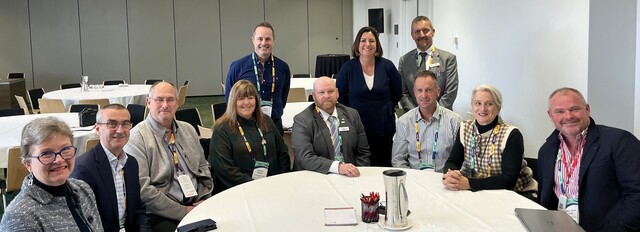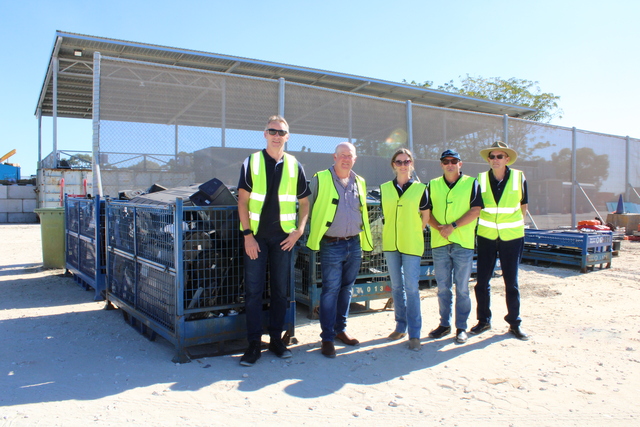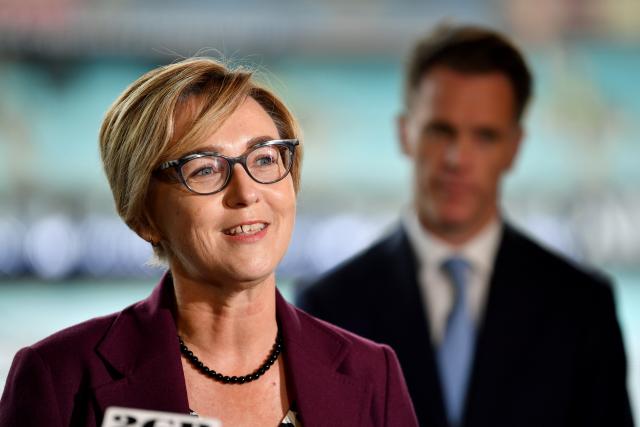The UK Experience by Malcolm Morley*
February for Councils in England is a month that can be very tense. By the end of the month all Councils must have set their Council Tax and fixed their budgets for the coming financial year.
There are many pressures on Councils to continuously improve their economy, efficiency and effectiveness as community leader, service provider, advocate, regulator, service enabler and partner. Balancing such a portfolio of roles in an increasingly complex environment of changing public needs, access to resources and regulation would be a challenge for a multinational company never mind Councils.
In developing proposals for Council Tax levels the issue of public satisfaction is increasingly at the forefront of the minds of both Central Government and Councils. Both Central Government and Councils have signalled the need to improve public satisfaction with Councils.
In seeking to identify what drives public satisfaction many Councils have undertaken market research. This research has identified that the public’s satisfaction with Councils increases if they get the basics right.
The key drivers of public satisfaction are perceptions created at the point of contact with the Council, the experience members of the public have as service users, the condition of the local environment and public assets and the perceptions created by information, whether provided through the media or directly by the Council.
It is interesting that research has indicated that people are often prepared to believe what a Council prints rather than what the local media prints. The trick is to get people to read what Councils produce!
In setting their budgets increasingly Councils are recognising the drivers of public satisfaction and reviewing their priorities and investment in that context. A lot of money is being invested in ensuring that customers are treated professionally at the point of contact. Councils have invested in technology and systems to ensure that a high percentage of callers can have their query dealt with at the first point of contact, increasingly through a call centre.
Services are increasingly being redesigned from the perspective of the cross cutting needs of customers rather than the narrow focus of professionals. The service experience, including the ease of access to services, is improving as is the state of local environments through a focus on street cleansing and so forth.
Partnership working on the rationalisation and improvement of local public assets is also increasing to ensure that those assets are fit for purpose.
Communication is being recognised as a core activity to ensure that the public is more aware of what is being provided, the challenges of provision and the successes in provision. In addition to proactive press releases, many Councils also produce their own local Council newspapers two or three times per year.
There is still a long way to go for Councils to change public perceptions and to drive up public satisfaction. Increasing Government performance indicators in relation to economy, efficiency and effectiveness is not enough.
If Councils don’t deliver on the basic drivers of public satisfaction, public satisfaction with Councils will not improve.
*Malcolm Morley is Chief Executive of Harlow District Council and can be contacted via the Editor, email info@lgfocus.com.au The views expressed in this article are not necessarily those of his employer.







